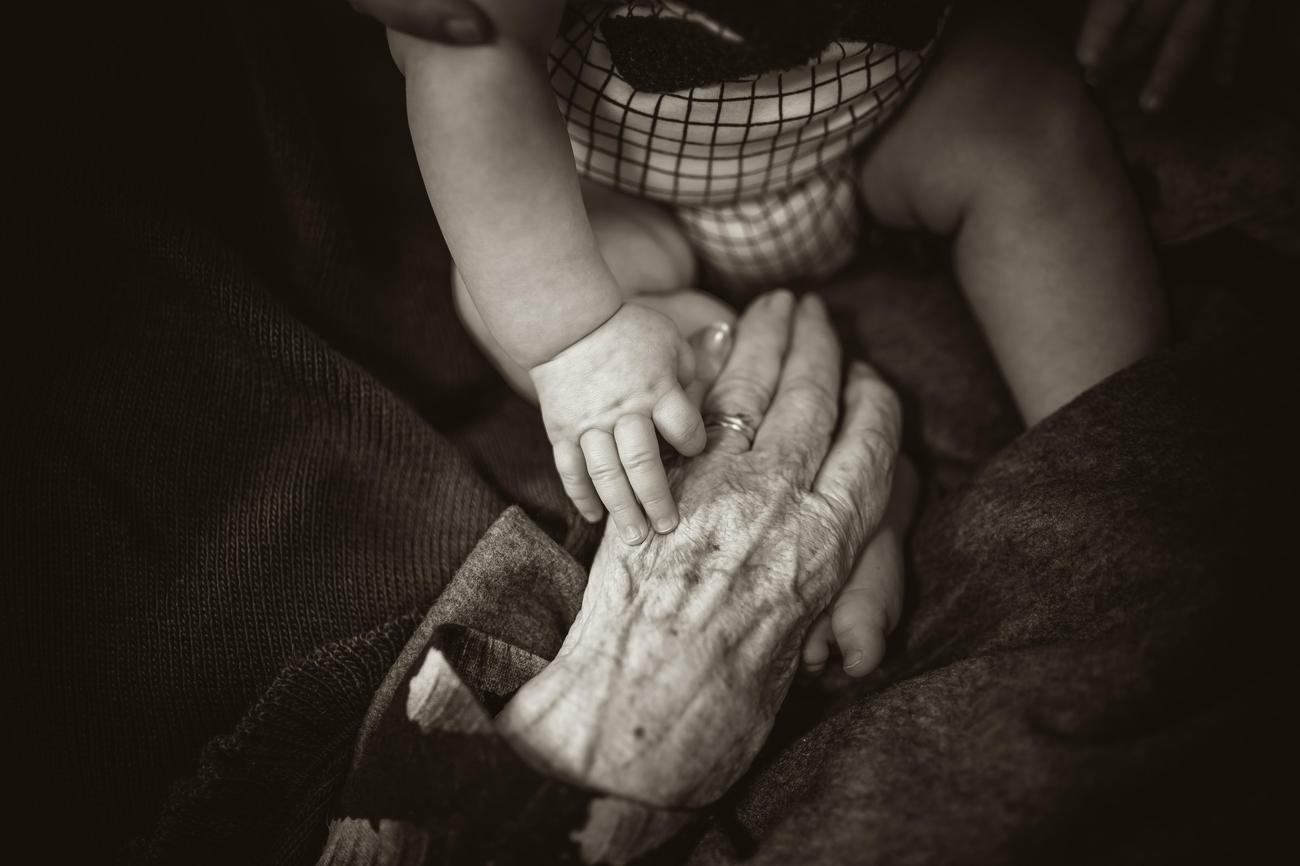Unveiling the Destinations: Where Foster Kids Truly End Up

When it comes to the question of where most foster kids end up, there is a troubling lack of awareness and understanding. As an experienced social worker specializing in child welfare, I have witnessed firsthand the challenges and uncertainties that many foster children face. Through my work facilitating foster care placements, conducting family reunification efforts, and advocating for permanency solutions, I have gained deep insights into the often overlooked destinations that these vulnerable individuals find themselves in. In this article, I aim to shed light on the precarious outcomes that many foster children encounter and emphasize the urgent need for improved support systems and pathways towards stability.
Where do most foster kids end up?
When it comes to the fate of foster kids, the reality is often far from what we hope for them. The statistics paint a challenging picture, highlighting the urgent need for improved support systems and pathways towards stability for these young individuals.
Approximately 5% of all children in the US experience foster care at some point by age 18. However, this percentage increases to 9% for Black children and an alarming 11% for American Indian and Alaska Native children. These disparities emphasize the need for targeted, culturally sensitive interventions that can address the unique challenges faced by these communities.
In 2021 alone, 203,770 children under 18 entered foster care in the United States at a rate of 3 per 1,000. To put this into perspective, there are currently approximately 424,000 foster youth across the country. With such high numbers, it is crucial that we understand where most foster kids end up, so we can work towards improving their outcomes.
One destination for foster kids is relative homes, where 32% of children in foster care find themselves. Placing children with relatives can provide them with a sense of familiarity and connection, which can be vital for their emotional well-being. However, it’s important to acknowledge that this option may not always be available or suitable for every child, depending on their specific circumstances.
The majority of foster kids, around 46%, end up in nonrelative foster family homes. These homes provide a temporary haven for children who are unable to stay with their biological families due to unsafe home environments, parental issues such as drug addiction and criminal behavior, or trauma. Nonrelative foster families play a crucial role in providing stability and care for these vulnerable children, but it’s important to acknowledge that it is often a temporary arrangement.
“Where do most foster kids end up?” is a question that often leads to concerning destinations. Former foster youth are more likely to end up in prison compared to their peers. The foster care-to-prison pipeline is a daunting concern, with foster children facing numerous challenges after aging out of the system. Without proper support and guidance as they transition into adulthood, their path can be filled with obstacles that often result in dire consequences.
Likewise, one in five former foster youth nationwide are homeless at the age of 18. Aging out of foster care without a strong support system in place can make it incredibly difficult for these young individuals to navigate the challenges of adulthood successfully. Without stable housing, they face a higher risk of experiencing homelessness and being caught in a cycle of instability.
The reasons children enter the foster care system are diverse and often heart-wrenching. Unsafe home environments, parental issues such as drug addiction and criminal behavior, and trauma are just some of the factors that contribute to their entry into foster care. Addressing these root causes and providing the necessary support and interventions to address them is crucial in improving outcomes for foster children.
To truly unveil the destinations where foster kids end up, we must confront the realities they face. It’s a journey riddled with hardships, vulnerability, and, at times, a lack of support. The statistics serve as a stark reminder of the urgent need for change. We must advocate for improved support systems, permanency solutions, and targeted interventions that address the unique needs of foster children. By doing so, we can create a brighter future for these young individuals, where stability, opportunity, and support are no longer elusive dreams, but tangible realities.
“The statistics serve as a stark reminder of the urgent need for change.”
Foster care is a topic that often gets overlooked, but did you know that there are some fascinating fun facts about it? Dive into the world of foster care and discover the remarkable stories behind this incredible system. From heartwarming success stories to the challenges faced by foster parents, there’s so much to explore. So, if you’re ready to delve into the world of foster care and learn some intriguing fun facts, click here: fun facts about foster care. Get ready to be amazed and inspired by the incredible journeys of foster children and the dedicated individuals who support them. Don’t miss out on this eye-opening adventure!
Why Do Kids End Up In Foster Care?
[youtube v=”xeG1SiZ_XkA”]
Foster care is a topic that often goes undiscussed, and while many people are aware that abuse and neglect are major reasons why children enter foster care, there are several other factors that contribute to this situation. Understanding these reasons is crucial in supporting both the children and families involved. In this article, we will explore the various causes that lead to children entering foster care, shedding light on the often overlooked aspects of this issue.
Neglect is the most common reason why children are removed from their homes and placed in foster care. However, it’s important to note that not all children who experience neglect are automatically placed in foster care; some may be placed with relatives or in kinship care. Neglect encompasses the lack of adequate care in multiple areas, including physical, emotional, medical, and educational needs. For instance, if a child is left unsupervised, lacks proper nutrition, or doesn’t receive necessary medical attention, they may be removed from their home.
Drug abuse by parents is another significant contributor to children entering foster care. Substance addiction affects not only the parents’ ability to care for their children but also their own lives. While it is essential to prioritize the safety of the children and remove them from dangerous situations, it is essential to approach this issue with compassion and understanding. Recognizing that addiction is a disease can help foster caregivers and professionals provide the necessary support to these parents, enabling them to recover and reunite with their children.
Caretaker inability to cope is a category that may seem similar to neglect, but it addresses a situation where the parent acknowledges their inability to effectively care for their child. In some cases, these parents may seek help from child protective services, which can ultimately lead to the removal of children from their homes. Differentiating this category from neglect is crucial for understanding the unique challenges faced by these families and designing appropriate interventions and support systems.
Physical abuse, which involves the direct harm inflicted upon children, is an unacceptable reason for children to remain in unsafe environments. While it is crucial to hold abusive parents accountable for their actions, it’s important to consider the root causes behind their behavior. Many parents who engage in physical abuse may have never experienced healthy parenting themselves or may face additional stressors due to other systemic issues such as poverty. Providing these parents with parenting classes and interventions can help them learn healthier ways to manage their emotions and frustrations.
Inadequate housing is a surprising but prevalent reason for children being removed from their homes. Families struggling below the poverty line often find it challenging to afford safe and adequate housing, which further compounds their difficulties. Addressing this issue requires comprehensive approaches that tackle both the lack of affordable housing and other problems contributing to the family’s situation.
While the aforementioned reasons may shed light on some common factors leading to children entering foster care, it’s important to note that these are not exhaustive. Other factors include behavioral problems, parent incarceration, parent abandonment, sexual abuse, disability, relinquishment, and parent death. Each case is unique and requires specific attention and support to ensure the safety and well-being of children involved.
Understanding the reasons behind children entering foster care allows us to better support them and their families. By recognizing the contexts and challenges these families face, we can work towards building stronger support systems that prioritize safe children and resilient families. Foster care, including kinship care, serves as a crucial safety net for children who have experienced unsafe conditions and crisis within their families. We must strive to strengthen the family unit and provide the necessary resources to prevent disruptions, ensuring a brighter future for these vulnerable children.

FAQ
Question 1:
Where do most foster kids end up?
Answer 1:
The majority of foster kids end up in either relative homes or nonrelative foster family homes. Approximately 32% of foster children are placed with relatives, while 46% are placed with nonrelative foster families [1].
Question 2:
What are the challenges faced by foster children after aging out of the system?
Answer 2:
Aging out of the foster care system can lead to significant difficulties for youth in transitioning to adulthood. There is a higher likelihood of experiencing homelessness among former foster youth, with one in five nationwide being homeless at age 18. Additionally, the foster care-to-prison pipeline is a concern, as former foster youth are more likely to end up in prison compared to their peers [5] [6].
Question 3:
What are the reasons children enter the foster care system?
Answer 3:
Children enter the foster care system due to a variety of reasons, including unsafe home environments, parental issues such as drug addiction and criminal behavior, and trauma [8].
Question 4:
How many foster youth are there in the United States?
Answer 4:
In the United States, there are approximately 424,000 foster youth [4].
Question 5:
Why is addressing the challenges of foster care and providing support important?
Answer 5:
Addressing the challenges of foster care and providing support for foster children and youth is crucial in improving outcomes for these individuals. Without adequate support systems and pathways towards stability, foster children may face difficulties in their transition to adulthood, such as homelessness and involvement in the criminal justice system [10].
- Senior at What Age: Benefits & Eligibility Guide - March 29, 2025
- Unlocking Senior Benefits: How Old is a Senior? Your Complete Guide - March 29, 2025
- Master Russian Politeness:A Guide to Saying Please - March 29, 2025
















